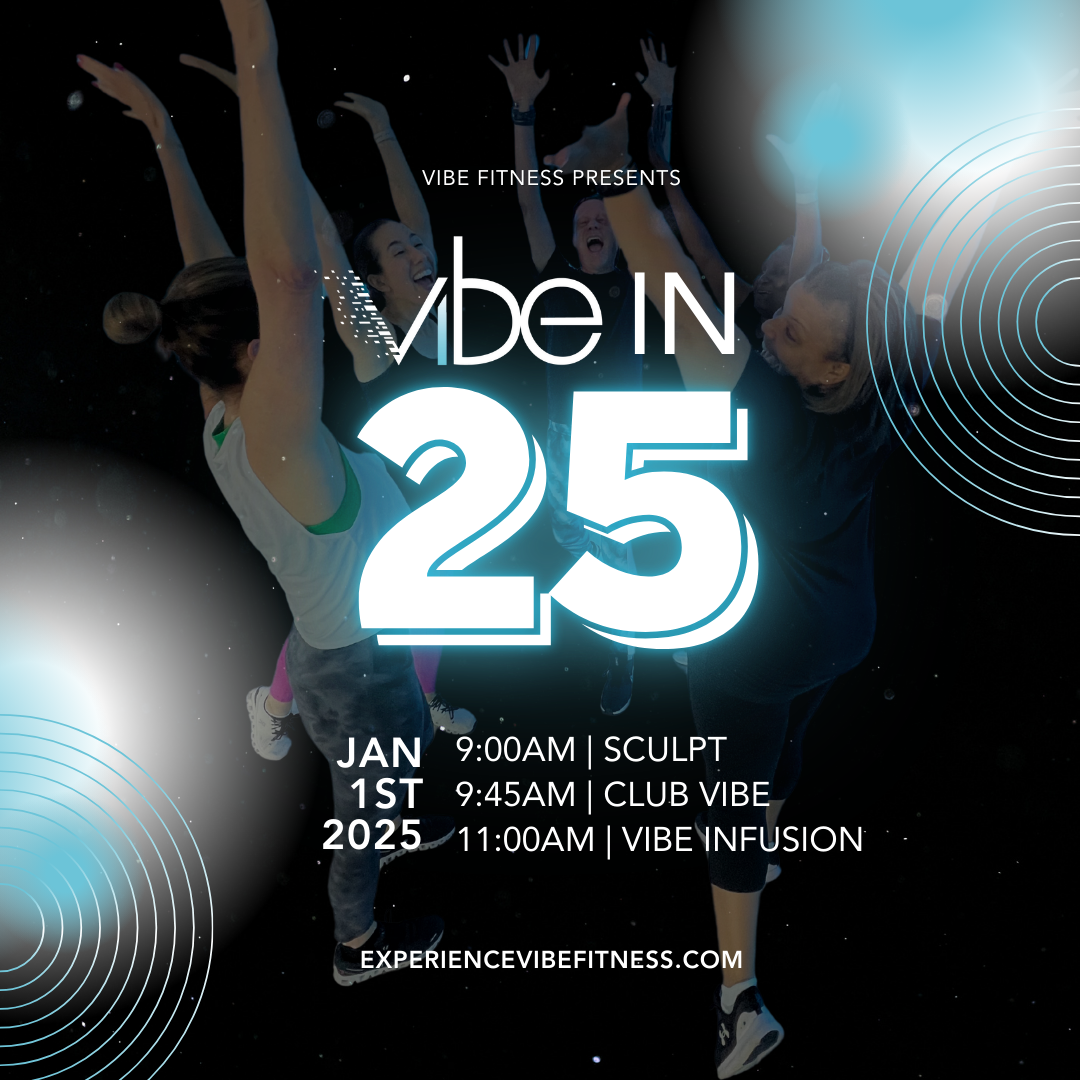the buzz
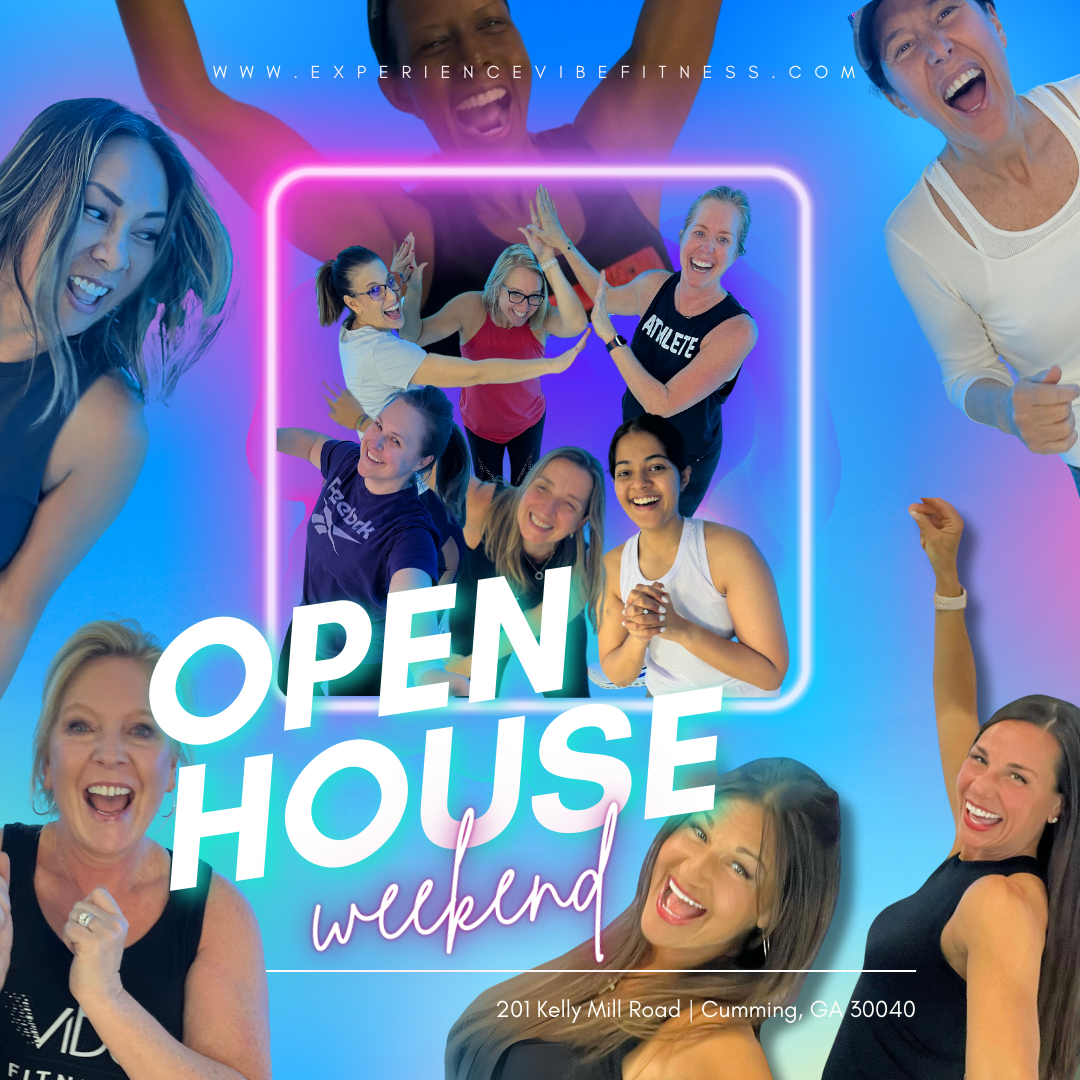
OPEN HOUSE
Ready to start the new year with good vibes and an inspiring community? From August 11-16th, explore everything award-winning Vibe Fitness has to offer with FREE Studio or LIVEStream classes, instructor meet-and-greets, studio tours, and exciting giveaways. This is your chance to kickstart your fitness journey in a supportive space designed just for you. Bring a friend!
BLOG

In a world where everything is available at the tap of a button—groceries delivered in an hour, binge-worthy shows ready in seconds, and same-day shipping on just about anything—it’s easy to expect instant results in every area of life. But when it comes to your health, strength, and personal growth, there’s no express checkout lane. You can’t add fitness, confidence, or lifelong wellness to your Instacart and hit “buy now.” . What does work? Consistency. It’s not flashy, it’s not always fun, and yes—it can feel boring at times. But it’s also the most powerful tool you have in reaching your goals. . Consistency in Fitness: It Takes Time Ever see someone crushing push-ups or lifting heavy weights and think, I could never do that? The truth is, they didn’t start there. They showed up, again and again, getting just 1% stronger each time. Whether you’re aiming to lose weight, build muscle, or simply feel better in your own skin, the process is the same: . ✅ One workout at a time adds up to a healthier body. ✅ One pound lost at a time adds up to major transformation. ✅ One rep at a time leads to newfound strength. If your goal is to lose 30 pounds, don’t think about it as one massive goal—think about losing 1 pound, 30 times. It’s about chipping away, bit by bit, until the results reflect the effort you’ve put in. . . Health Isn’t an Instant Purchase—It’s a Daily Choice You can’t buy health in an Amazon Prime order. It’s not a one-and-done decision—it’s a series of choices, made daily: 🥦 Eating whole, nutritious foods instead of processed ones. 🚰 Drinking enough water to fuel your body. 💤 Prioritizing sleep so your body can recover. 🏋️♀️ Moving your body regularly, even when you don’t feel like it. James Clear, in Atomic Habits, says: "You do not rise to the level of your goals. You fall to the level of your systems." That means success isn’t about wanting something—it’s about creating habits that get you there. Your results are built on the small, consistent actions you take every single day. . . Show Up for Yourself—Even When It’s Not Exciting The truth? Consistency isn’t always fun. Some days, you won’t feel like working out, cooking a healthy meal, or skipping the sugar. But those small actions—especially on the days you don’t feel like doing them—are what create long-term change. . So instead of chasing instant gratification, embrace the process. Be okay with the boring. Because the real reward? It’s not just the goal you reach—it’s the stronger, healthier, more resilient person you become along the way. . 💙 What’s one small thing you’re doing consistently that’s making a difference?
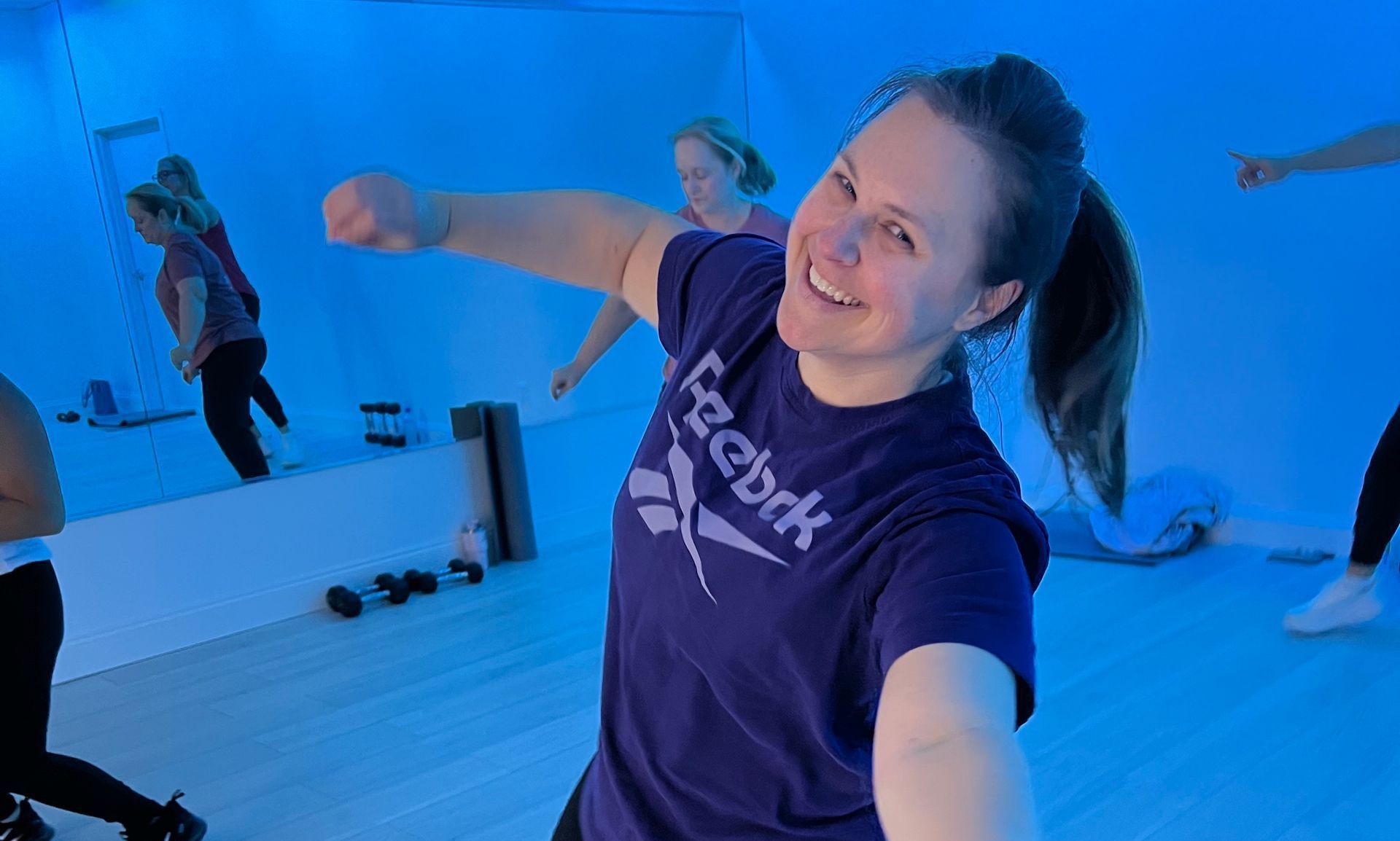
So, you've decided to dive into the world of dance fitness, but the idea of learning choreography and keeping up with the moves is a bit daunting. Dance fitness classes can be a fantastic way to get fit, have fun, and improve your dance skills, even if you're starting from scratch. In this blog post, we'll provide you with valuable tips for surviving your first dance fitness class and mastering the art of learning choreography. 1. Dress Comfortably and Wear the Right Shoes First things first, make sure you're dressed appropriately. Choose comfortable workout attire that allows you to move freely. For footwear, go for supportive athletic shoes like cross trainers which allow for multi-directional movement. Running shoes are best used for running. Proper shoes can prevent slipping and support your feet during the energetic dance routines. 2. Arrive Early and Introduce Yourself Arriving a few minutes early to your first class gives you a chance to settle in, find a good spot, and introduce yourself to the instructor and fellow participants. Sharing that you're new can help the instructor provide guidance and ensure you have a positive experience. 3. Embrace the Learning Process Learning choreography can be challenging, especially if you're new to dance. Remember that it's okay to make mistakes. Be patient with yourself and understand that improvement takes time. Most people find that after three to five classes they start to feel successful. Dance fitness classes are all about having fun and getting a great workout, so don't get discouraged if you don't get every move right on the first try. 4. Watch the Instructor During the class, keep your eyes on the instructor. They are your guide and will lead you through the choreography. Pay attention to their movements, cues, and the rhythm of the music. Don't be afraid to ask questions, seek clarification or after class to slowly demonstrate or repeat a section if you need extra practice. 5. Breaking Down the Moves Instructors usually break down the choreography step by step, making it easier for newbies to follow along. Pay close attention to their verbal instructions and visual cues, especially when they demonstrate new or complex moves before the music starts. Look out for movement balance—where the same moves are done on both the right and left sides—and simple repetition, which helps you catch on quickly. Often, you’ll notice movement patterns, like repeating the same steps during the chorus, making it easier to anticipate what’s coming next. 6. Start with Feet First Walking into your first dance fitness class can feel a bit intimidating, especially when it comes to learning the choreography. The key is to start simple: focus on your feet first. Mastering the basic footwork gives you a solid foundation and boosts your confidence before you layer on the arms and extra style. Remember, it’s about having fun, letting the music guide you, and enjoying the process—the fancy moves will come with time! 7. Practice at Home To reinforce what you've learned in class, practice the choreography at home. Review any videos or tutorials provided by the instructor, or simply dance to the music you used in class. Repetition is key to building muscle memory and mastering the moves. 8. Focus on Progress, Not Perfection Remember, everyone starts somewhere. Celebrate the small wins, like nailing a tricky step or simply making it through the class. Each time you show up, you’re getting stronger, more confident, and closer to your goals. 9. Bring a Friend Everything is more fun with a buddy. Invite a friend to join you in your first class - it’s a great way to ease any nerves and make the experience even more enjoyable. You’ll both leave with smiles and stories to share. 10 . Don't Take Yourself Too Seriously Dance fitness classes are meant to be enjoyable. Don't worry about looking perfect or making a mistake. Everyone in the class has been where you are, and the focus is on having a good time while working out. So, let loose, have fun, and dance like nobody's watching! Surviving your first dance fitness class may feel a bit daunting at first, but with the right mindset and these simple tips, you’ll be dancing like a pro in no time. Remember, it’s all about having fun, showing up consistently, and celebrating every bit of progress. So, get ready to groove, sweat, and fall in love with the world of dance fitness!
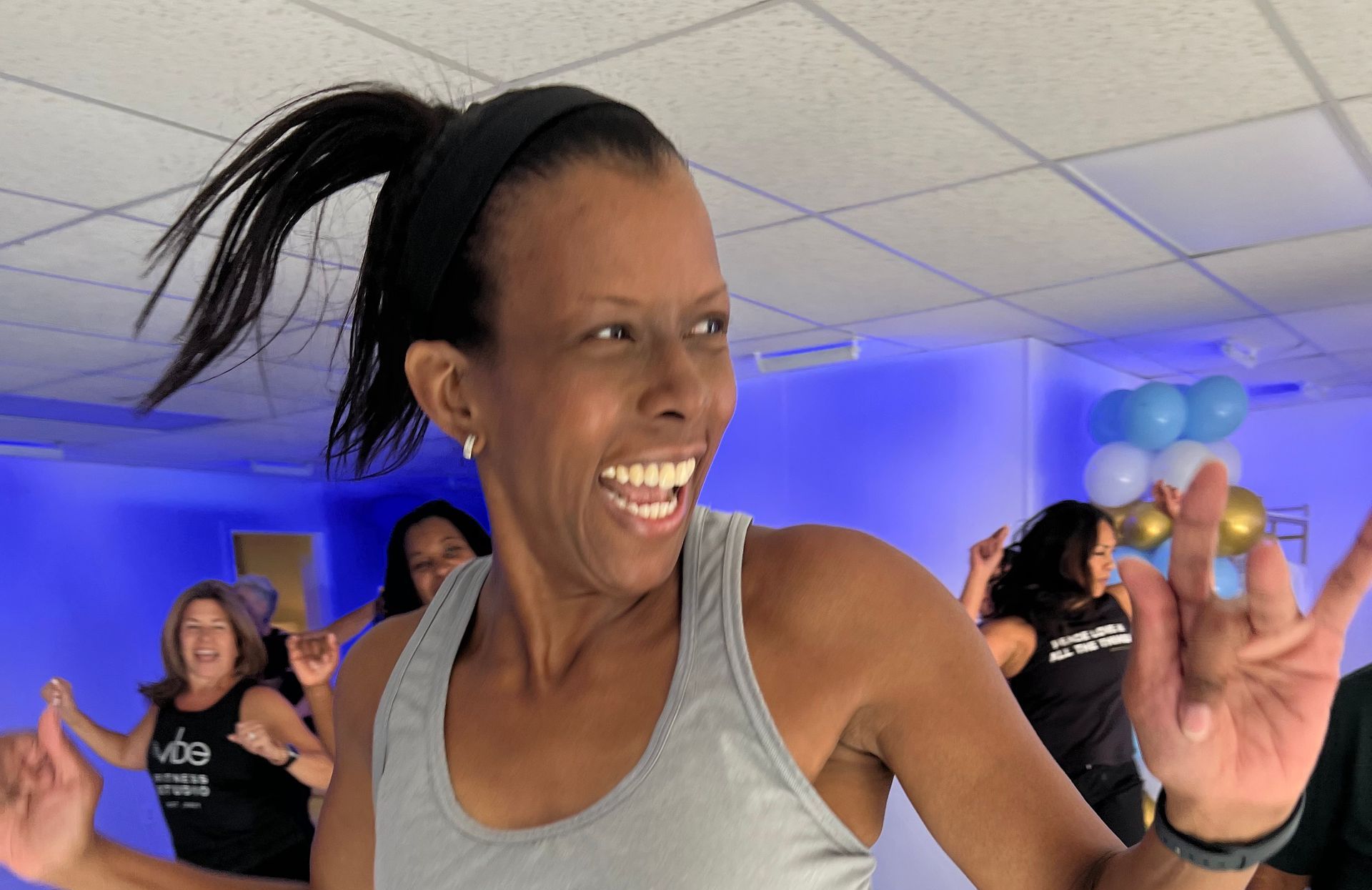
Are you looking to add some fun and rhythm to your fitness routine? Dance fitness classes can be an incredible way to get your heart rate up while having a blast on the dance floor. However, not all dance fitness classes are created equal. In this blog post, we'll explore what sets our dance class apart from Zumba and other dance fitness classes, offering you a unique and results-driven experience that caters to everyone, regardless of your dance background. Exercise Science and Planned Interval Workouts Imagine your fitness journey as a thrilling roller coaster ride. Club Vibe is designed with this analogy in mind. We incorporate exercise science principles to create a planned interval workout that keeps your heart rate fluctuating, just like the exhilarating highs and lows of a roller coaster ride. This intentional approach maximizes calorie burn, enhances cardiovascular fitness, and boosts metabolism, making each class an efficient and effective workout. Dance with a Purpose for Tangible Results While dancing is undoubtedly fun, we believe in dancing with a purpose. Club Vibe classes are results-driven, meaning that every dance move you make is designed to target specific muscle groups and provide you with tangible fitness results. Whether you're looking to tone your legs, sculpt your core, or improve your overall fitness, our dance class can help you achieve your goals while having a blast. Studio Style Choreography Broken Down and Made Simple Our choreography is inspired by the latest trends in studio-style dance. We understand that not everyone is a professional dancer, so we take pride in breaking down complex choreography into manageable steps. You'll find that our classes are accessible to all skill levels, whether you're a seasoned dancer or stepping onto the dance floor for the first time. Movement Made for Everybody and Every 💙 Body We believe that dance fitness should be inclusive and accommodating to everyone. Our class welcomes all body types, fitness levels, and backgrounds. We emphasize movements that are adaptable to your individual needs, ensuring that every participant feels comfortable and confident while dancing. The Power of a Connected Community for Motivation and Accountability One of the most significant advantages of a Club Vibe class is the sense of community that you'll become a part of. Our participants often find that being surrounded by like-minded individuals who share their fitness goals can be incredibly motivating. You'll form bonds with fellow dancers who can offer encouragement, support, and a sense of accountability, helping you stay committed to your fitness journey. I f you’re considering trying dance fitness, we invite you to experience something truly different. Vibe classes aren’t just about dancing—they’re about getting real fitness results while having a blast every step of the way. With planned interval workouts grounded in exercise science, results-driven choreography, simplified movements for all levels, and an inclusive, supportive community, we offer a unique blend of fun, fitness, and connection. So, if you’re ready to dance your way to a healthier, happier you, join us and discover why our class is unlike any other. We can’t wait to welcome you to the dance floor!
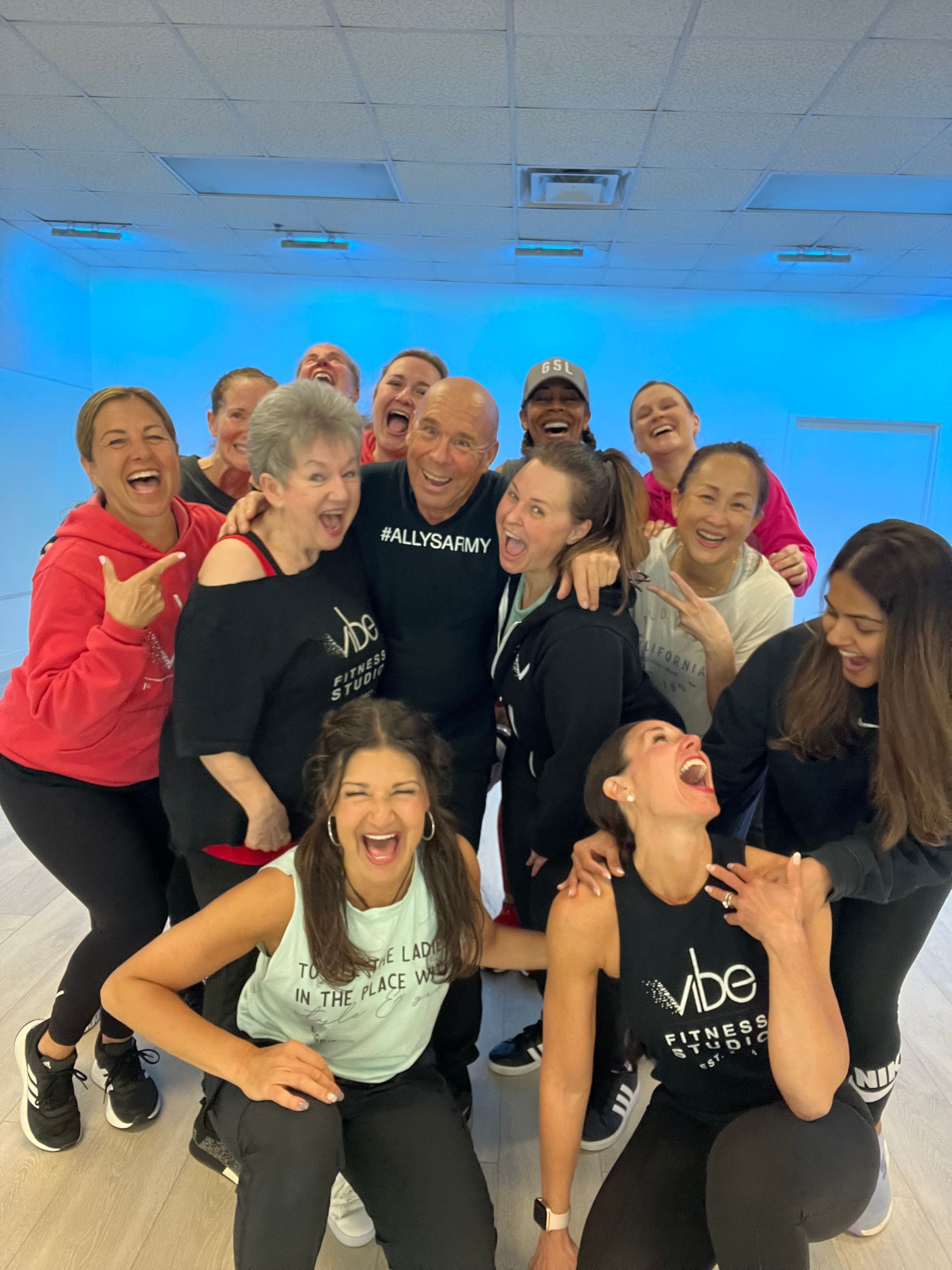
Working out alone can feel like a solo battle, but when you step into a community workout, everything changes. It’s more than just a fitness class—it’s a shared energy, a mutual goal, and a connection that makes every rep, step, or move more meaningful. Here’s why sweating it out together isn’t just more fun—it’s also more effective. Motivation That Moves You When you’re surrounded by others pushing through the same challenge, it’s impossible not to feel inspired. That collective drive gives you the boost to dig deeper and push harder than you thought possible. It’s no longer just about your personal goals—it’s about being part of a team. Accountability Built In Ever skipped a solo workout because Netflix sounded better? In a community, you’ve got people who notice when you’re missing—and cheer you on when you show up. Knowing your presence matters keeps you consistent, and consistency is the key to lasting results. Feel-Good Endorphins, Amplified Group workouts don’t just fire up your muscles—they fire up your mood. Studies show exercising with others can increase endorphins and serotonin even more than going it alone. Translation: you’ll leave feeling like a rockstar, no matter how tough the workout was. A Place Where You Belong Community workouts are about more than exercise—they’re about connection. You’ll find camaraderie in shared struggles, celebrate wins together, and maybe even make lifelong friends. It’s a space where you can be yourself, no matter where you’re starting from. Better Results, Faster When you combine accountability, motivation, and expert coaching, the payoff is clear. Community workouts help you stay consistent, push beyond your limits, and build habits that stick. And let’s be real—it’s a lot easier to crush your goals when you’re having fun doing it. Learn from Each Other In a group, you’re not just learning from the instructor—you’re learning from each other. Watching how others move, adapt, and tackle challenges can inspire new ways to approach your own workout. It’s a built-in support system where everyone lifts each other up, literally and figuratively. Celebrate Progress Together There’s nothing like a shared high-five after finishing a tough workout or reaching a new milestone. In a community workout, progress isn’t just personal—it’s celebrated together. Those shared wins create a ripple effect of positivity that keeps you coming back for more. Energy That’s Contagious Energy is magnetic in a group setting. When someone else brings their A-game, it sparks the same fire in you. That collective buzz creates an atmosphere that’s electric, making even the hardest workouts feel like an adventure. Ditch the Intimidation Factor Starting a new fitness routine can feel intimidating, but being part of a community eases those fears. You’ll find people at every stage of their journey, and that diversity makes it clear: this is a space for everyone, not just seasoned athletes. Working out together is about more than just fitness; it’s about building something bigger. It’s a journey you don’t have to take alone—and that’s where the magic happens. Ready to experience it for yourself? Step into a community workout and feel the power of togetherness.
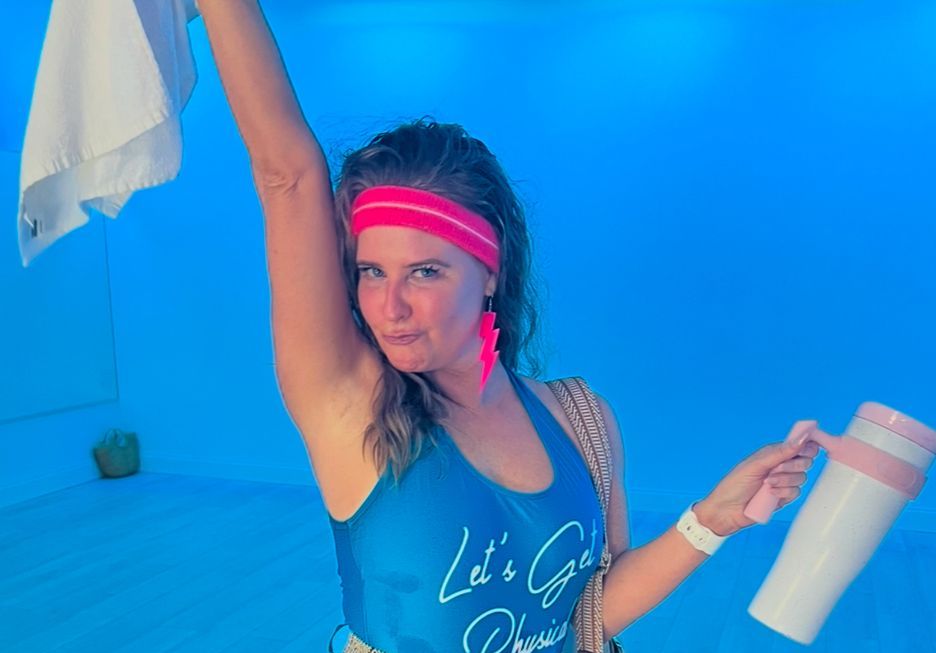
It’s a common worry: “I need to get in shape before I join a fitness class.” But here’s the reality—you don’t need to be fit to start a fitness class. In fact, starting is the first step toward feeling fit, strong, and confident. If you’ve been hesitating because you don’t feel “ready,” let’s break down some of the biggest myths and explain why there’s no better time to join a class than right now, exactly as you are. Myth #1: "I Need to Get in Shape First" This is one of the biggest misconceptions out there. Many people feel they need to build a certain level of fitness before stepping into a class, but that’s not the case. Our classes are designed for all levels, from beginners who are just starting out to regulars who have been with us for years. Instructors offer modifications for every exercise, so you can tailor the workout to match your comfort level. It’s all about meeting you where you are today and helping you progress over time. The best part? Starting right where you are is not only okay—it’s exactly what we encourage! Myth #2: "I Won’t Be Able to Keep Up" It’s normal to feel a little intimidated by the idea of keeping up with a group, but we prioritize creating an inclusive environment that makes everyone feel at ease. Instructors break down each move step by step, offering clear cues and plenty of options to match your pace. The focus is on enjoying the movement, listening to your body, and finding what feels good for you. Whether it’s a high-energy cardio session or a strength-building class, you’re free to go at your own speed—there’s no rush, no pressure, and definitely no judgment. Myth #3: "I Need to Know the Moves Beforehand" The thought of stepping into a class without knowing the moves can be intimidating, especially for dance or choreographed fitness sessions. But here’s the thing: you’re not expected to know everything right away—that’s why you’re there! Our routines use movements designed to be easy to learn, even for complete beginners. Instructors take the time to demonstrate each step, and you’re always welcome to modify or take a break as needed. It’s all about moving to the music, having fun, and letting go of the pressure to be perfect. Myth #4: "Everyone Else Will Be in Better Shape Than Me" Our classes are filled with people at every stage of their fitness journey. You’ll find a mix of beginners, regulars, and everyone in between. The other class participants are focused on their own workout or the instructor and aren’t worried about what others are doing. Our friendly, supportive atmosphere helps you feel accepted and motivated, no matter your starting point. Myth #5: "I’ll Feel Out of Place Because I’m New" Feeling nervous about being the new person in class is totally normal, but we make it a priority to create a welcoming and inclusive environment. From the moment you walk in, you’ll be greeted by friendly faces and supportive instructors who are excited to have you join. You’ll never be expected to know everything on your first day—we’re here to guide you, cheer you on, and help you get comfortable. It’s about moving together, enjoying the music, and creating a sense of community that extends beyond the workout. Why You’re Ready to Start Right Now.... The idea that you need to be fit to join a fitness class is simply a myth. You don’t need to “prepare” or “get ready” before joining—just show up with an open mind and a willingness to try something new. Group fitness is about meeting you where you are, celebrating your progress, and helping you feel stronger and more confident over time. Remember, fitness is for everybody and every 💙 body. The hardest part is taking that first step, but once you do, you’ll find support, encouragement, and a positive environment that makes every class feel like a win. You belong here. Don’t let these myths keep you from experiencing the benefits of group fitness. Whether you’re a total beginner or just getting back into a routine, there’s a place for you here. Our classes are designed to be welcoming and inclusive, with a focus on creating a supportive community where everyone feels like they belong. Additionally, our class will help you build strength, boost your confidence, and find joy in movement, no matter where you’re beginning. So take a deep breath, jump in, and enjoy the journey. You’ve got this!
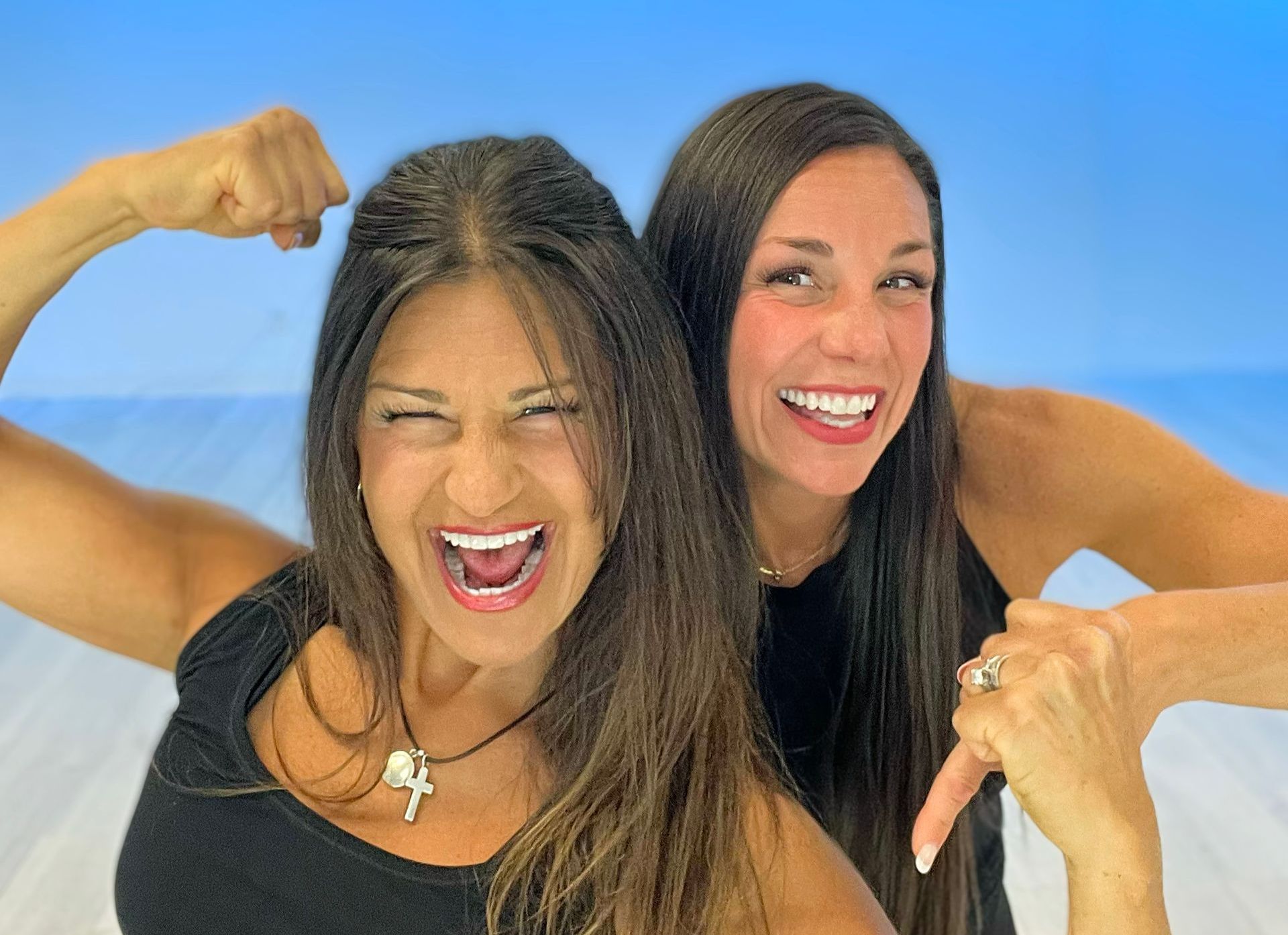
Dance fitness workouts have taken the fitness world by storm, and it’s easy to see why—they’re an incredibly fun and effective way to get moving, feel good, and reach your fitness goals. But have you ever wondered what’s really happening behind the scenes that makes these workouts work so well? Let’s dive into the science of dance fitness to understand why it’s such a powerful (and joyful) way to transform your body and mind. WHY Dance Fitness Workouts Work 1. Cardiovascular Power-Up Dance fitness workouts are packed with continuous, aerobic movement that gets your heart pumping. When your heart rate stays elevated like this, it’s a great boost for your cardiovascular health. Regular dancing helps to strengthen your heart, increase lung capacity, and lower blood pressure—all while lowering your risk of heart disease. 2. Calorie-Burning Party When it comes to torching calories, dance fitness doesn’t mess around. The dynamic choreography and high-energy movements target multiple muscle groups, giving you an intense calorie burn. Depending on the intensity, you can burn between 200 to 600 calories (or more) in just one hour. It’s like having a dance party that also doubles as a killer workout! 3. Strength and Tone, No Equipment Needed Dance fitness isn’t just about cardio; it also builds strength through bodyweight exercises and repetitive movements. Moves like squats, lunges, and core twists are cleverly woven into the routines, helping to tone and sculpt your legs, arms, and core. The best part? You’ll be building muscle without even realizing it because you’re having so much fun! 4. Flexibility and Balance Boost The diverse dance styles used in fitness classes encourage stretching and fluid movement, which helps improve your flexibility and range of motion. This focus on mobility reduces your risk of injury and promotes better posture and balance. Over time, you’ll notice yourself moving with more ease and grace, both on and off the dance floor. 5. Stress Relief and Mood Lift Here’s where the real magic happens: dance fitness is a total mood booster. Dancing releases endorphins—those feel-good hormones that help to reduce stress, anxiety, and even symptoms of depression. The rhythmic, repetitive movements can have a meditative effect, creating a natural sense of calm and well-being. It’s like a mini therapy session wrapped in a workout! HOW Dance Fitness Workouts Work 1. Interval Training for Maximum Results Many dance fitness classes use interval training, alternating between high-intensity bursts and lower-intensity recovery periods. This roller coaster ride for your heart rate not only makes the workout exciting but also maximizes calorie burn and boosts your metabolism. It’s a scientifically proven approach that helps you achieve great results in less time. 2. Full-Body Engagement In dance fitness, you’re using your entire body, from head to toe. Every twist, jump, and reach engages multiple muscle groups simultaneously, giving you a full-body workout that’s efficient and effective. This kind of comprehensive movement helps develop balanced strength and coordination, leaving you feeling strong and energized. 3. Mind and Body Connection Dance routines often include complex, coordinated moves that challenge your body *and* your brain. Learning choreography requires focus, concentration, and quick thinking, which engages your cognitive skills. It’s a workout for your mind as much as your body, helping to sharpen memory and boost mental clarity. 4. The Power of Community and Motivation One of the best parts about dance fitness is the energy of the group. When you’re surrounded by like-minded people who are moving, sweating, and smiling together, it creates an infectious sense of motivation. The shared experience and camaraderie make it easier to stay committed, push through challenges, and show up consistently. It’s a built-in support system that makes fitness feel less like a chore and more like a celebration. 5. Boosting Self-Confidence Through Movement Dance fitness isn’t just about the physical results—it’s about how it makes you feel. As you master new moves, build strength, and see progress, your self-confidence gets a serious boost. There’s something empowering about dancing freely and owning your space, which carries over into other areas of your life. By the end of class, you’re not just fitter—you’re standing taller and feeling more confident in your own skin. Dance fitness workouts aren’t just a trendy way to break a sweat—they’re a science-backed approach to improving your health, boosting your mood, and building self-confidence. The combination of interval training, full-body engagement, mental stimulation, and the motivation of a connected community creates an unbeatable workout experience. If you’re ready to feel stronger, happier, and more confident, it’s time to put on your dancing shoes and join the dance fitness revolution. Trust us—your body, mind, and spirit will thank you!
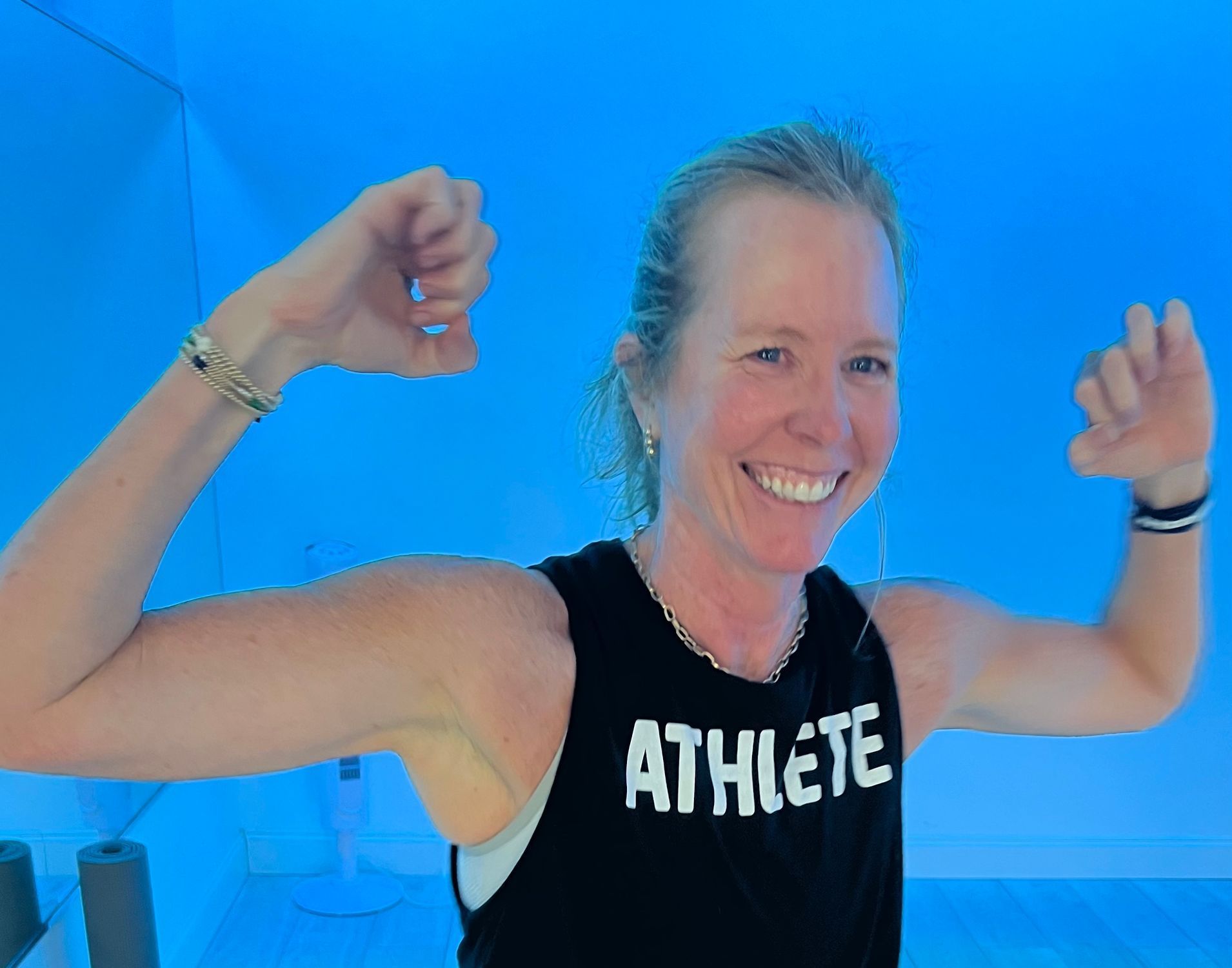
So you’ve heard it all before—strength training is important, and you should be lifting weights. But let’s go beyond the basics and really break it down. Whether you’re just getting started or looking to take your fitness to the next level, there’s a lot more to strength training than just picking up heavy things and putting them down. Let’s dive into five things every woman needs to know about building strength and confidence through weight training. 1.Strength Training Won’t Make You Bulky—It Will Make You Stronger and Leaner Let’s clear up the biggest myth right away: lifting weights won’t make you bulky. Women simply don’t have the testosterone levels needed to bulk up like men do. What strength training will help you build lean muscle mass, which actually creates a toned, sculpted look. Plus, muscle burns more calories at rest, so the more lean muscle you have, the more efficient your metabolism becomes. In other words, lifting weights is your ticket to a strong, lean body and a metabolism that works for you, even while you’re resting! 2. Consistency Is Key—Progress Takes Time, But It’s Worth It We all want quick results, but strength training is more of a marathon than a sprint. It’s about building your strength gradually, and that requires consistency. You don’t need to spend hours in the studio, but showing up regularly and sticking to your routine is what leads to real, lasting progress. Celebrate those small wins along the way—lifting a bit heavier, feeling stronger, or noticing a little more muscle definition. Remember, it’s not just about how you look; it’s about how you feel. And with consistent strength training, you’ll start to feel like you can take on the world. 3. Don’t Skip the Heavy Weights—Challenge Yourself Safely If you’ve been sticking to lighter weights because you’re worried about getting hurt or don’t feel confident going heavier, it’s time to rethink that approach. Using heavier weights (with good form, of course) is what really helps build strength and muscle. It’s okay to feel a bit intimidated at first, but remember, it’s all about challenging yourself at your level. Start where you are, and as you get stronger, gradually increase the weight. Lifting heavy isn’t just for seasoned pros—it’s for every woman who wants to feel strong, empowered, and capable. 4. Strength Training Is for Every Body and Every Goal Whether you’re looking to tone up, improve your bone health, or just feel stronger in your everyday life, strength training is for every body. It’s not just about aesthetics (although those toned muscles are a nice bonus); it’s about building a body that can handle life’s daily demands. From picking up your kids without strain to carrying groceries like a boss, strength training helps you feel capable and confident in your own skin. And the best part? You can adapt it to your own needs and preferences—there’s no one-size-fits-all approach. 5. Muscles Are Empowering—They Build More Than Just Physical Strength Yes, strength training makes you physically stronger, but the benefits go far beyond that. There’s something deeply empowering about lifting weights and challenging your limits. It’s a reminder of what your body can do, and it can give you a major boost in self-confidence. With every rep and set, you’re not just building muscle—you’re building mental toughness, resilience, and a sense of pride in your own strength. It’s about knowing you’re strong enough to face whatever life throws your way, both in the studio and beyond. Strength training isn’t just another fitness trend—it’s a game-changer for your body, your mind, and your confidence. By going beyond the basics and embracing the true power of lifting weights, you’re giving yourself the gift of strength, resilience, and a body that can take you wherever you want to go. So, if you’ve been hesitant to start or unsure of how to level up your routine, consider this your sign to jump in and give it a try. You’ve got this, and we’re here to help you every step of the way. Let’s get strong together!
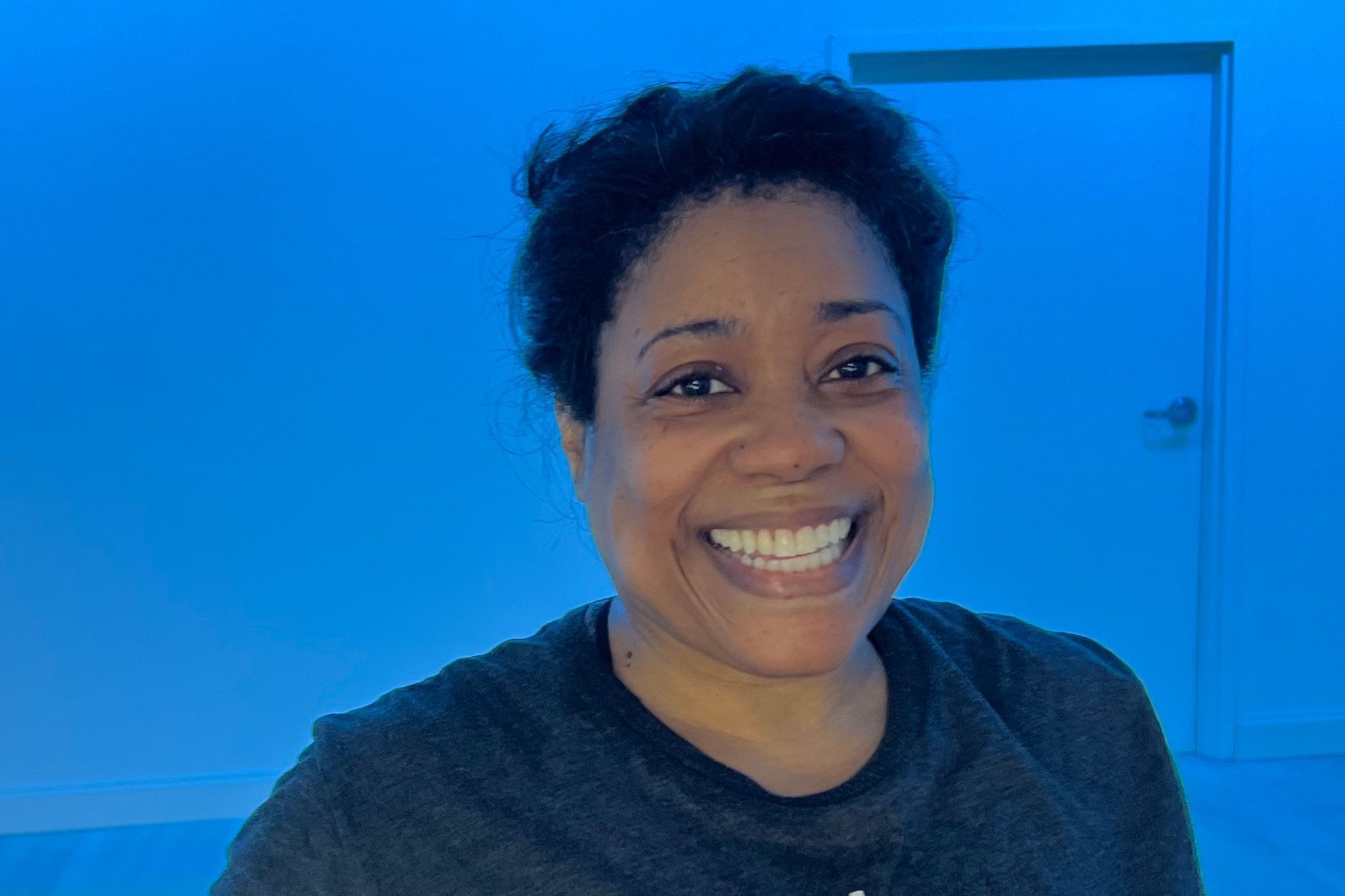
Creating a fitness routine sounds simple enough—just pick some workouts and go, right? But when life gets busy and motivation dips, it’s easy for that well-intentioned plan to fall apart. The good news? With a little structure and some smart strategies, you can build a weekly fitness routine that feels manageable, enjoyable, and sustainable. Let’s dive into how to create a balanced plan that works for you and how to make it stick. Step 1: Define Your Goals and Priorities Before you start mapping out your week, take a moment to think about your fitness goals. Are you aiming to build strength, improve your cardiovascular health, boost flexibility, or simply find more joy in movement? Knowing your goals will help you choose the right types of workouts and set realistic expectations. And remember—your goals don’t have to be purely physical. Maybe you want to reduce stress, sleep better, or feel more energized throughout the day. Make those priorities part of your plan, too. Step 2: Mix It Up for a Balanced Routine A well-rounded fitness routine includes a mix of cardio, strength training, and flexibility work. This combination helps you build endurance, tone your muscles, and improve overall mobility. The key is variety—by mixing different types of workouts, you’ll keep things interesting and give your body a chance to work in different ways. Here’s how to create a balanced weekly plan: Cardio (2-3 times per week): Cardio workouts like dance fitness, or kickboxing to get your heart pumping and help boost your cardiovascular health. Choose activities you enjoy to make it feel less like a chore and more like something you look forward to. Strength Training (2-3 times per week): Incorporate exercises that focus on building muscle and strength, such as barre, weightlifting, or bodyweight workouts. Strength training not only helps with toning but also boosts your metabolism and supports better posture. Flexibility and Mobility (1-2 times per week): Don’t forget to include stretching, yoga, or mobility exercises to improve your range of motion and help prevent injuries. These sessions are great for active recovery and can make your other workouts feel easier. Step 3: Schedule Your Workouts Like Appointments We all know how easy it is to skip a workout when our schedule gets packed, but treating your fitness routine like a non-negotiable appointment can make a huge difference. Look at your weekly calendar and block out time for your workouts, just as you would for a meeting or a doctor’s appointment. Choose times that fit your lifestyle, whether it’s early morning, during lunch, or in the evening. The more you prioritize this time, the easier it becomes to stick with it. Step 4: Start Small and Build Up One of the biggest mistakes people make when starting a new routine is trying to do too much too soon. It’s tempting to dive in with daily workouts, but that can quickly lead to burnout. Instead, start small and focus on consistency over intensity. Begin with 2-3 workouts per week, then gradually increase as your body adapts. The goal is to create a routine that feels sustainable, not overwhelming. Remember, even short workouts can make a big impact—20-30 minutes is enough to get your heart rate up and boost your mood. Step 5: Make It Enjoyable and Fun If you dread your workouts, it’s going to be tough to stick with them long-term. That’s why it’s so important to choose activities you genuinely enjoy. Whether it’s dancing, strength training, yoga, or a mix of everything, finding joy in movement is the secret sauce to consistency. Experiment with different classes or activities until you discover what makes you smile. When fitness feels like fun, you’re much more likely to make it a regular part of your week. Step 6: Find Accountability and Support Having a supportive network can make all the difference in sticking with your routine. Whether it’s a workout buddy, an online fitness community, or a group class, having someone to share your journey with adds a layer of accountability and motivation. On those days when you’re feeling low on energy, knowing that someone is expecting you can be just the push you need to show up. Plus, it’s more fun to sweat it out with friends! Step 7: Listen to Your Body and Be Flexible Even the best-laid plans can hit a snag when life gets busy, or your body needs a break. That’s okay! Flexibility is a key part of any sustainable fitness routine. If you miss a workout, don’t beat yourself up—just pick up where you left off. Listen to your body’s cues and rest when you need it. Remember, consistency doesn’t mean perfection. It’s about making a habit of moving regularly, even if that looks different from week to week. Building a weekly fitness routine isn’t about creating a rigid schedule—it’s about finding a plan that works for you and fits into your life. By setting clear goals, mixing up your workouts, and focusing on enjoyment and consistency, you can create a routine that feels good and helps you reach your fitness goals. So grab your calendar, make a plan, and start moving—one step at a time. You’ve got this!
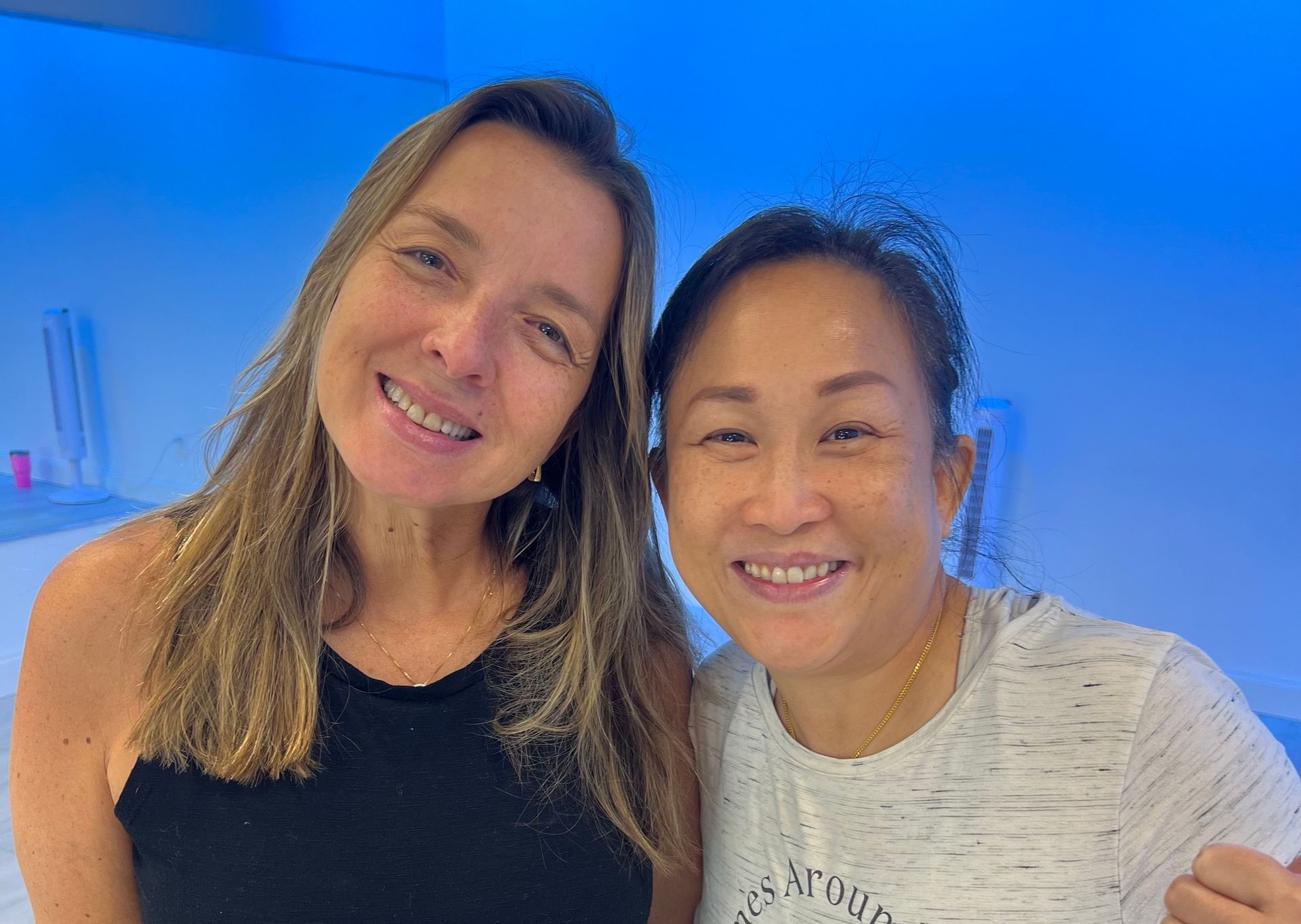
You’ve set your goals, mapped out your workout plan, and started eating healthier. So why is it still so hard to stay consistent? If you’ve found yourself stuck in the cycle of starting and stopping, you’re not alone. One key element might be missing from your fitness journey: accountability. It’s the secret ingredient that can turn your good intentions into lasting habits. Let’s explore why accountability matters so much and how it can help you finally reach your goals. Motivation Is Fleeting, But Accountability Keeps You Consistent We all start new fitness routines with a burst of motivation, but that initial excitement tends to fade, especially when life gets busy. This is where accountability comes in. It’s about having someone (or something) outside of yourself that helps keep you on track. Whether it’s a workout buddy, a supportive class environment, or even a friendly nudge from an instructor, accountability provides the extra push you need when motivation starts to wane. A Support System Makes All the Difference Going it alone can feel isolating, especially when you hit bumps in the road. An accountability partner or group offers a built-in support system that can make your journey feel less daunting. Having someone who understands your struggles, celebrates your wins, and checks in on your progress can be incredibly motivating. It’s the difference between trying to climb a mountain solo versus having a team cheering you on and helping you navigate the path. It’s Harder to Make Excuses When Someone Is Counting on You We’ve all been there—you planned to work out, but then the couch starts calling your name, or you get caught up in your to-do list. It’s much easier to skip a workout when no one else knows about it. When you have accountability, though, you’re less likely to back out. Knowing that someone is expecting you to show up (whether it’s a friend, a group, or your favorite instructor) can be the gentle pressure you need to follow through. Accountability Helps You Track Your Progress and Stay Focused One of the biggest challenges in any fitness journey is staying focused on your goals, especially when progress feels slow. Accountability adds a layer of structure that can help you stay on track. Checking in with someone regularly, whether it’s a friend or a coach, gives you a chance to reflect on your progress, adjust your plan if needed, and celebrate the small wins along the way. It’s a way to keep your goals top of mind and prevent you from drifting off course. It Builds a Sense of Belonging and Community The power of accountability isn’t just about having someone check up on you—it’s about creating a sense of community and shared experience. When you’re part of a group, whether it’s a class at a fitness studio or an online fitness community, you start to feel like you’re in it together. The collective energy, encouragement, and camaraderie make it easier to push through tough workouts and keep coming back, even on the days you’d rather stay in bed. It Transforms Exercise from a ‘Chore’ to a ‘Choice’ When you have accountability, exercise stops feeling like something you HAVE to do and starts feeling like something you WANT to do. It becomes less about forcing yourself to work out and more about showing up because you know you’ll feel better afterward—and because you don’t want to let down the people who are cheering you on. The shift in mindset makes a huge difference in your consistency and enjoyment of the process. If you’re ready to add some accountability to your fitness journey, here are a few simple steps to get started: Join a Class or Group: Sign up for a fitness class or group where you’ll get to know the instructor and other participants. The social connection and shared experience can help keep you coming back. Find a Workout Buddy: Invite a friend to join you for classes or workouts, and make it a regular part of your schedule. Knowing you’ll see each other makes it harder to skip. Set Regular Check-Ins: Whether it’s with a friend, a coach, or even a fitness app, schedule regular check-ins to review your progress and adjust your goals as needed. Share Your Goals: Tell someone you trust about your fitness goals. The simple act of saying them out loud can make you feel more committed and give you an extra layer of accountability. If you’ve struggled to stay consistent or find yourself falling off track, accountability might be the missing piece you’ve been searching for. It’s the glue that holds your routine together, turning your goals into actions and your intentions into habits. By surrounding yourself with a support system and finding ways to stay accountable, you’ll be amazed at how much easier it becomes to stick with your fitness plan and start seeing the results you’ve been working toward. So if you’re ready to take your fitness journey to the next level, it’s time to embrace the power of accountability. You don’t have to do it alone—find your tribe, lean on your support system, and watch as you start to thrive.
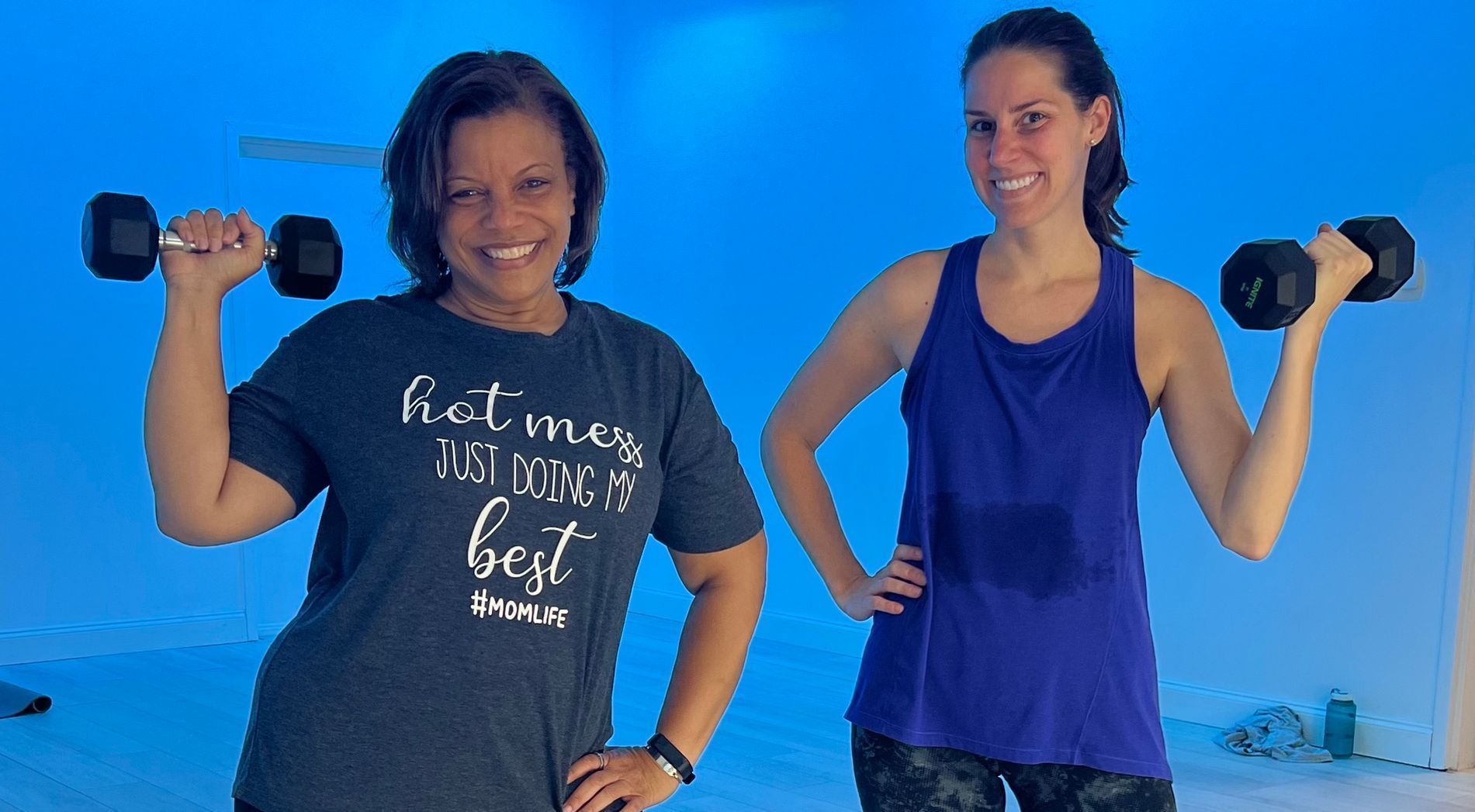
Ever find yourself scratching your head at some of the terms used in a fitness class? You’re not alone! The fitness world has its own language, and it can be easy to mix up words that sound similar but mean very different things. Today, we’re breaking down some common fitness lingo you might hear in our studio (and yes, we’re throwing in a few dance fitness terms too) so you can walk in feeling confident and ready to move! Cross-Training vs. CrossFit: They sound alike, but they’re not the same Cross-Training is all about mixing up your workouts with different types of exercises to target various muscle groups and keep your body balanced. For example, if you’re a regular in our dance fitness classes, cross-training might look like adding strength training, yoga, or barre to your routine to complement your cardio work. CrossFit is a specific brand of high-intensity functional training that combines weightlifting, cardio, and bodyweight exercises in a unique, structured format. It’s typically done in specialized CrossFit gyms, called “boxes,” and follows a distinct methodology. So, while cross-training can be adapted for anyone, CrossFit is its own style of training with a dedicated following. Dance Fitness Terms: Choreography, Repetition, and Breakdown Choreography: This simply refers to the planned dance routine you’ll be learning in class. It’s made up of a sequence of moves set to music, designed to match the beat and mood of the song. Don’t worry if it feels like a lot at first—we break it down into manageable steps so you can learn the moves, one piece at a time. Repetition: You’ll notice that many dance fitness routines use repetition, where the same moves are repeated throughout the song. This isn’t just to make it easier to follow along (though that’s a bonus!); it also helps you master the movements and build muscle memory. Breakdown: Instructors often use the term “breakdown” to describe the process of teaching the choreography in smaller, easier-to-learn sections. We teach the steps one by one, then gradually put it all together. It’s a great way to learn complex routines without feeling overwhelmed. DOMS (Delayed Onset Muscle Soreness) If you’ve ever felt sore a day or two after a tough workout, you’ve experienced DOMS. It stands for Delayed Onset Muscle Soreness, which is just a fancy way of saying your muscles are feeling the effects of a new or challenging workout. It’s completely normal and a sign that your muscles are adapting and getting stronger. To ease the discomfort, try gentle stretching, plenty of hydration, and an active recovery class like yoga or a low-intensity dance session. Functional Fitness: Training for Real Life Functional fitness might sound technical, but it’s actually very practical. It refers to exercises that mimic everyday movements, helping you build strength and coordination for real-life activities. Think of squats (similar to sitting and standing), lunges (like stepping forward), and lifts (like picking up your groceries). It’s about training your body to move better in your daily life, making you feel stronger and more capable. Active Recovery: Rest That’s Not Just Resting Active recovery is a key part of any balanced fitness routine. Instead of taking a full day off, active recovery involves low-intensity movement like stretching, yoga, or a gentle dance class. It helps keep your blood flowing, reduces muscle stiffness, and speeds up your recovery time. It’s a way to give your body a break without becoming completely sedentary, so you can bounce back faster for your next workout. Barre, not bar: No Alcohol Served Here If you’ve heard about barre but aren’t quite sure what it involves, you’re in for a treat. Inspired by ballet, Pilates, and yoga, barre classes focus on small, controlled movements that create a serious burn in your muscles (think tiny pulses that pack a big punch). Don’t worry—you don’t need a dance background to join! The exercises use a ballet barre (or sometimes just a sturdy surface), bodyweight, and small props like light dumbbells or resistance bands. It’s low-impact but super effective for toning, strengthening, and building stability, especially in your legs, glutes, and core. You’ll leave feeling that satisfying shake—proof that those small movements add up to big results! Mind-Muscle Connection: Feel Every Move In our classes, you might hear instructors talk about the “mind-muscle connection.” It’s about tuning into the specific muscle you’re working during each exercise and really focusing on that movement. By doing this, you can increase muscle activation and make every rep count. It’s all about being present in your body and feeling the full benefit of each move, whether you’re lifting weights or nailing that dance routine. Circuit Training: A Full-Body Workout, Fast Circuit training involves moving through a series of exercises (a circuit) with minimal rest in between. Each exercise targets a different muscle group or type of movement, giving you a balanced, full-body workout in a short amount of time. In our studio, we include bodyweight exercises, strength training and pilates/barre movements in a circuit format to keep your heart rate up and your body challenged. The world of fitness can be full of unfamiliar terms, but now you’re ready to walk into the studio armed with the knowledge you need. Understanding the lingo helps you get more out of your workouts and makes it easier to follow along and enjoy the experience. So the next time you hear “cross-training,” “functional fitness,” or “choreography breakdown,” you’ll know exactly what we’re talking about. Let’s keep learning, moving, and growing—together! See you in class!
PRESS
For media and press inquires contact info@experiencevibefitness.com
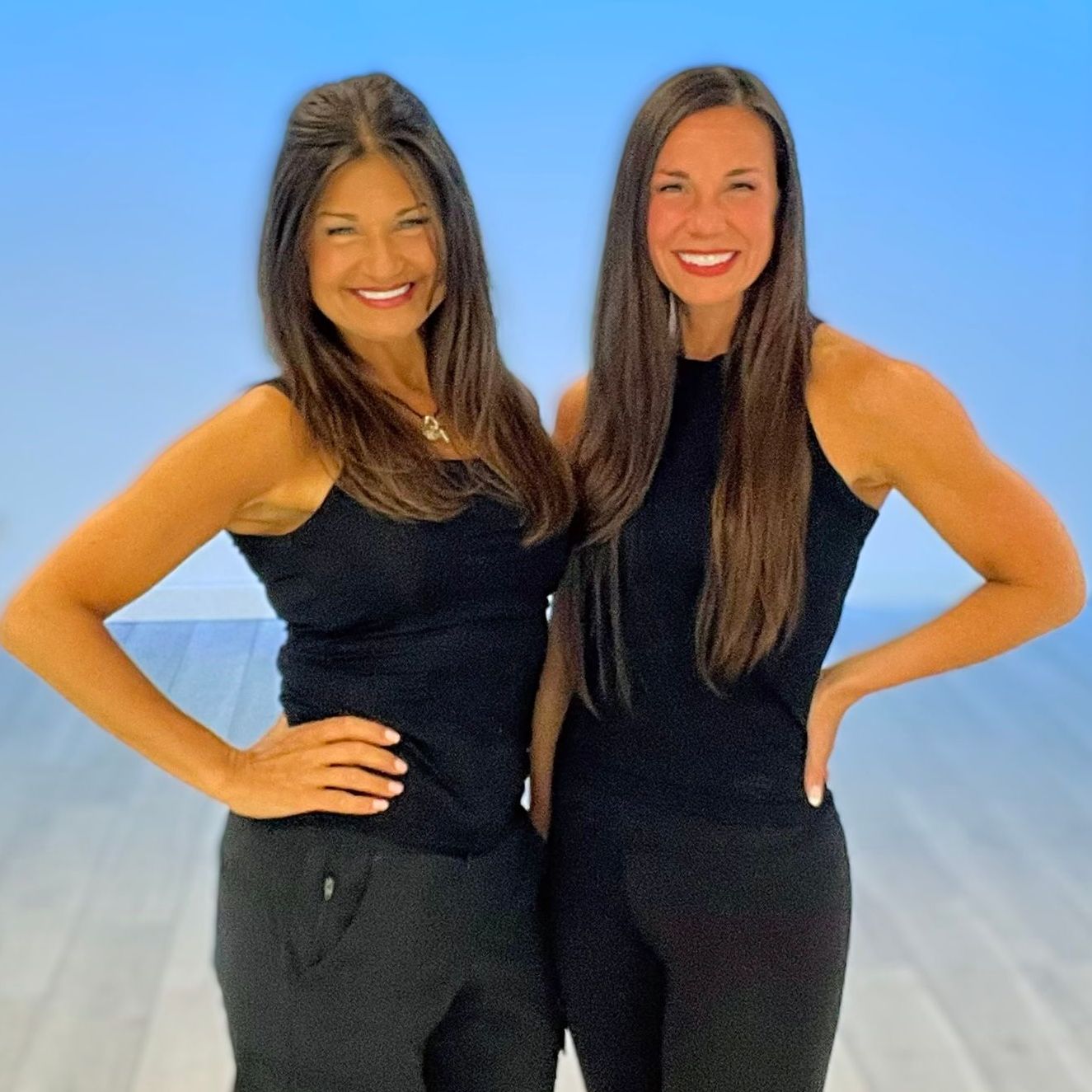
PROGRAMMING
- Preferred Fitness Partner | Northside Forsyth Hospital (Bariatric)
- EDIN Celebrity Dance Choreography Winner 2021
- EDIN Celebrity Dance Challenge Winner 2020
- Artistry Award Lifetime Fitness 2018, 2019
- SCW Mania Best New Program (Club Vibe) 2016
- SCW Mania Up and Coming Presenters 2015
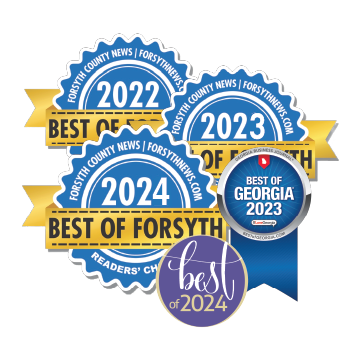
STUDIO AWARDS
- Best Fitness Center of Forsyth 2024, 2023, 2022 (Forsyth County News)
- Best Boutique Studio of Cumming 2024 (Atlanta’s Best Media)
- Best Health Club of Georgia 2024 , 2023, Runner Up 2022 (Georgia Business Journal)
- Next Door Neighborhood Favorite 2021

PUBLICATIONS
& APPEARANCES
- Voyage Atlanta
- Canvas Rebel
- ShoutOut Atlanta
- West Forsyth Neighbor
- Points North Magazine
- Fox 5 Atlanta
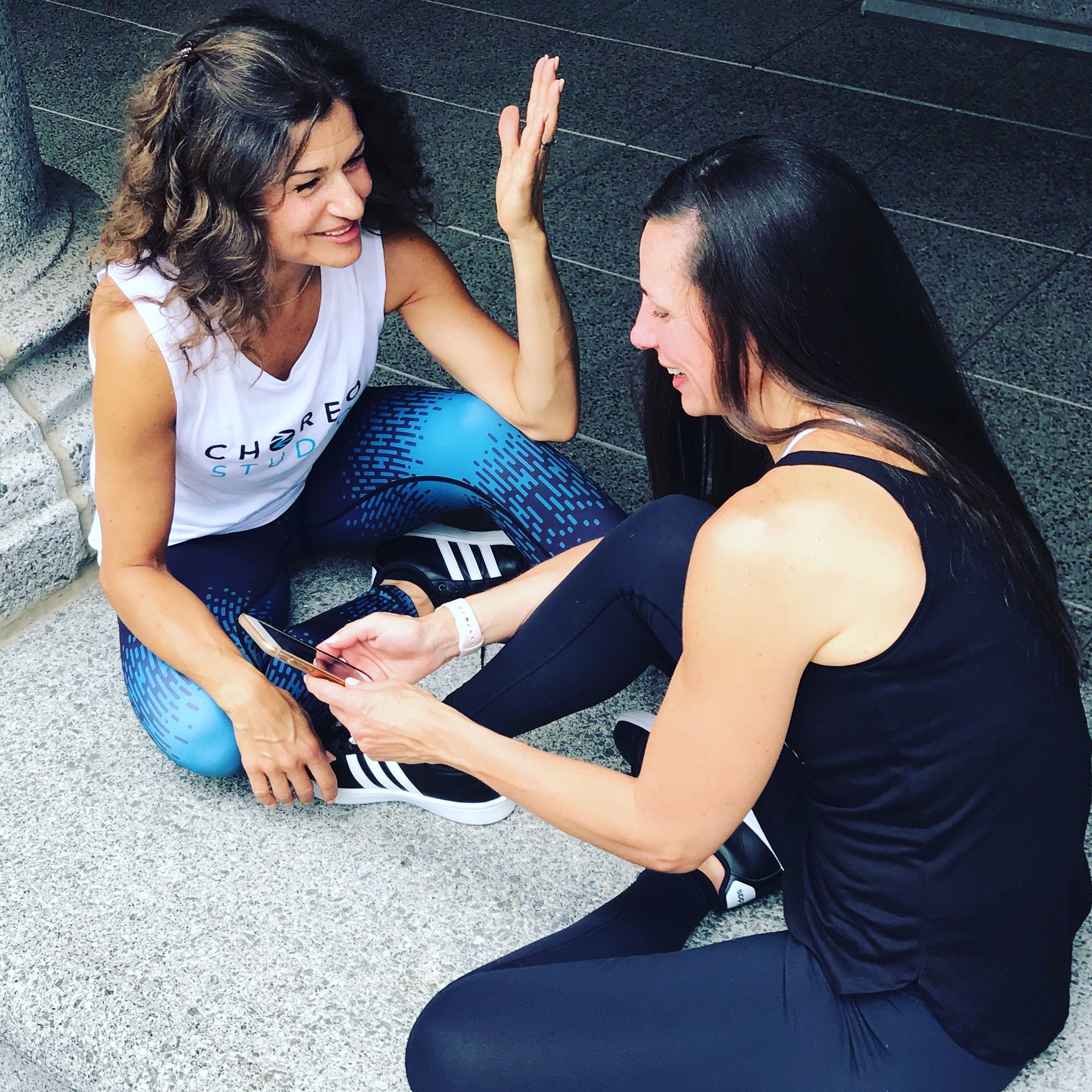
PROFESSIONAL
PROVIDER
- ACE | American Council on Exercise
- AFAA | Athletics and Fitness Association of America
- SCW Fitness

ASSOCIATIONS
- IHRSA | International Health and Fitness Association
- FBA | Fitness Business Association
- AFS | Association of Fitness Solutions
- National Dance Foundation
- WIFA | Women in Fitness Association
- Atlanta Woman Leaders
- Forsyth County Chamber of Commerce

